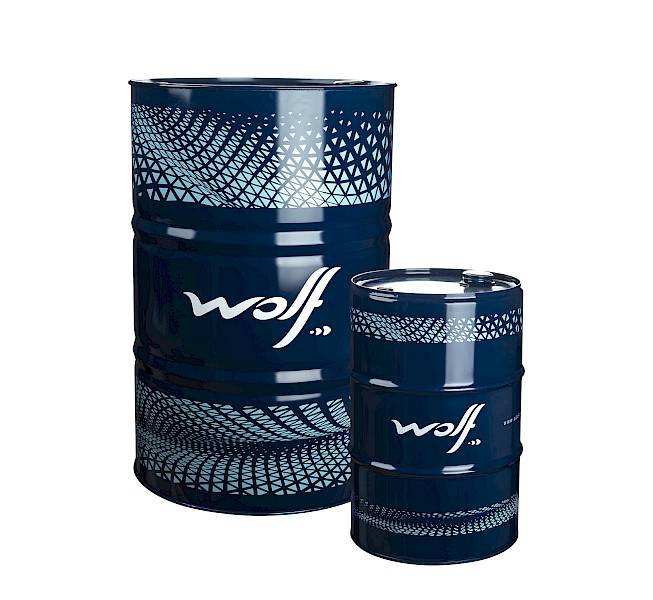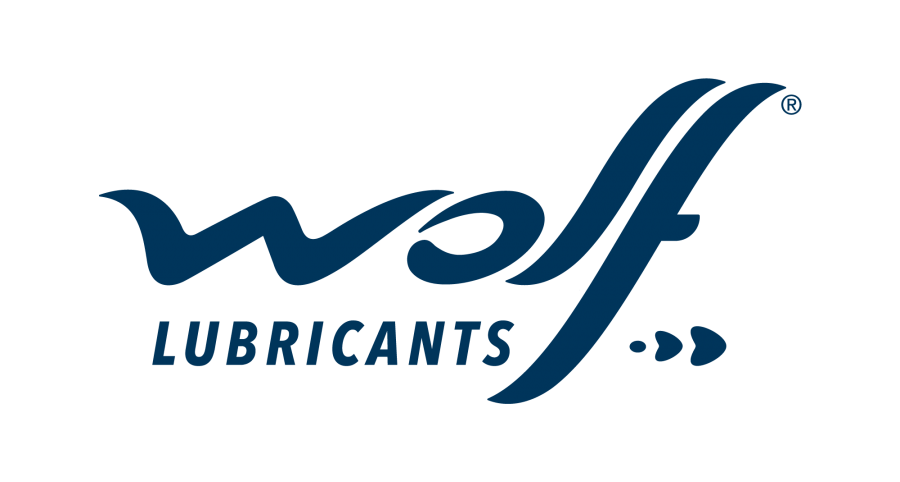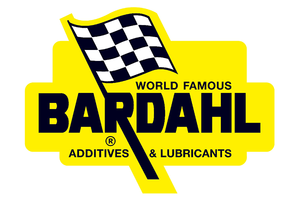Engine coolant basics
What do you need to know about antifreeze and coolant?
The coolant in an internal combustion engine is the fluid used to dissipate excess heat and protects your engine from freezing and corrosion. It plays a crucial role in maintaining the engine's heat balance by dissipating heat.Overheating can lead to accelerated deterioration of the oil and the engine itself. The fluid consists of demineralised water to which (concentrated) antifreeze has been added, an anti-foaming liquid, lubricant and an anti-corrosion agent. The exact composition varies per type of coolant, but a composition of 50% demin water and 50% antifreeze is most common. When more antifreeze is used, the freezing point is lowered and the boiling point is raised.
Antifreeze = concentrated version
Coolant = ready to use
Coolants are available in all colours, but the colour is not a good indicator of the type or quality of the coolant. The best practice is to know the exact coolant needed for the engine and check the fluid used to top up.
Over the years, VW has developed specifications for coolants.
G11 1994 VW TL 774 C
G12 / G12+ 1996 VW TL 774 D/F
G12++ 2005 VW TL 774 G
G13 2008 VW TL 774 J
COOLANT G11 is blue in colour and refers to conventional technology for older vehicles (>20 years old). This coolant provides standard protection up to about 60,000km. It uses inorganic acid inhibitor technology (IAT) and contains no nitrites, amines and phosphates (NAP), and contains borate and silicate.
COOLANT G12+ is pink in colour and is the most common coolant today. Offering extended protection for 5 years or 240,000 km, this coolant uses organic acid inhibitor technology (OAT) and contains no nitrites, amines and phosphates (NAP). It is also free of borate and silicate. The product is recommended by several OEMs, including GM, VW, MB and Ford. Formulated for long-term use in all engines, especially those made of aluminium, cast iron and magnesium alloys. Not the best choice for older cooling systems with a copper/brass radiator and heater block.
COOLANT G12++ is a pink Si-OAT coolant that combines Organic Additive Technology (OAT) with mineral (Silicate) corrosion inhibitors. It is specially developed for the protection of cooling systems of modern internal combustion engines made of aluminium and aluminium alloys and provides protection for 6 years or 250,000 km.
COOLANT G13 is purple in colour, provides longer protection for 5 years or 240,000 km and delivers the same outstanding cooling and antifreeze performance as G12++. The main difference is that G13 is made with glycerine instead of glycol. Glycerine is much less harmful to the environment than glycol. One agent is a by-product of biodiesel production, while the other is made from mineral oil. Besides protecting against freezing, G13 is also great for cooling and as a protection against corrosion and limescale.
Compatibility of different coolants
Coolants are generally considered compatible, but mixing coolants of two different grades results in a mixture of mediocre quality.
We recommend flushing the cooling system thoroughly when changing to a different type of coolant. This will keep the cooling system clean.
Can't flush the cooling system? Then check the table to see which types you can safely mix based on VW G11, G12+ and G13 specifications.
IMPORTANT : Always dilute antifreeze with demineralised water. With tap water, the pH and mineral content and composition vary, which can damage the antifreeze and cooling system.
Contact us for correct advice on coolants tailored to your fleet and machinery.

Your browser is out-of-date!
Update your browser to view this website correctly. Update my browser now






